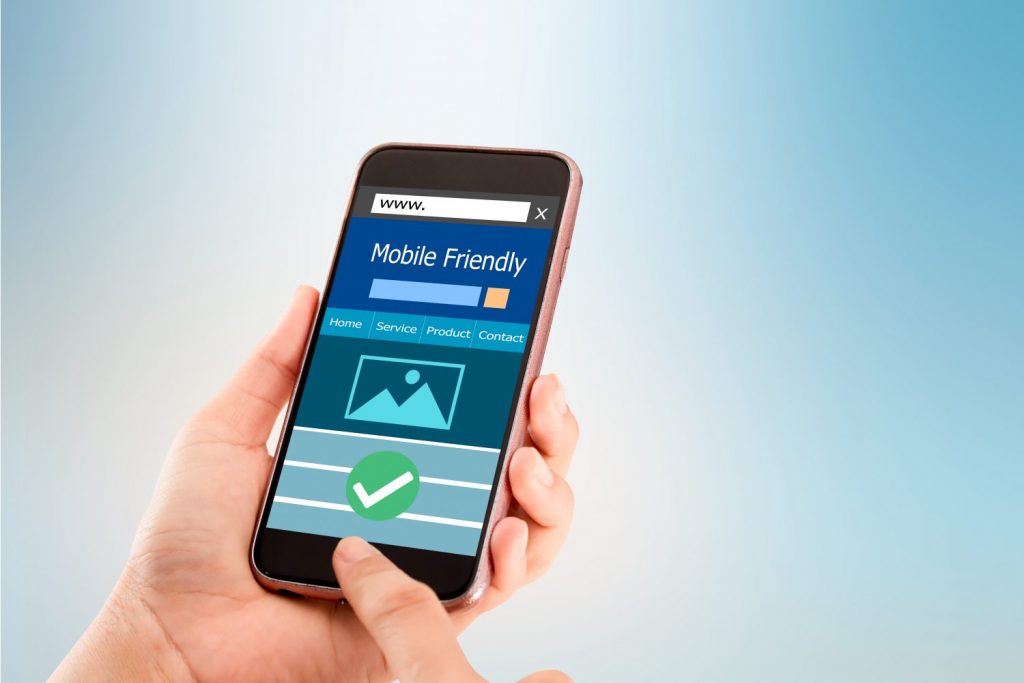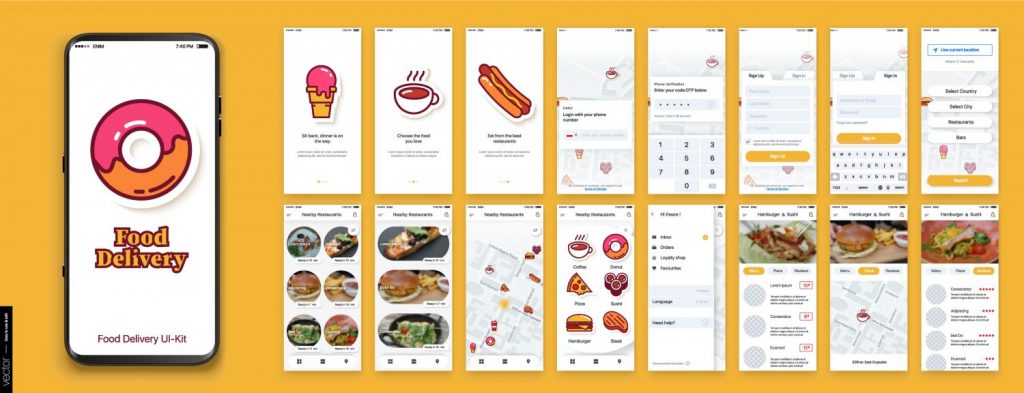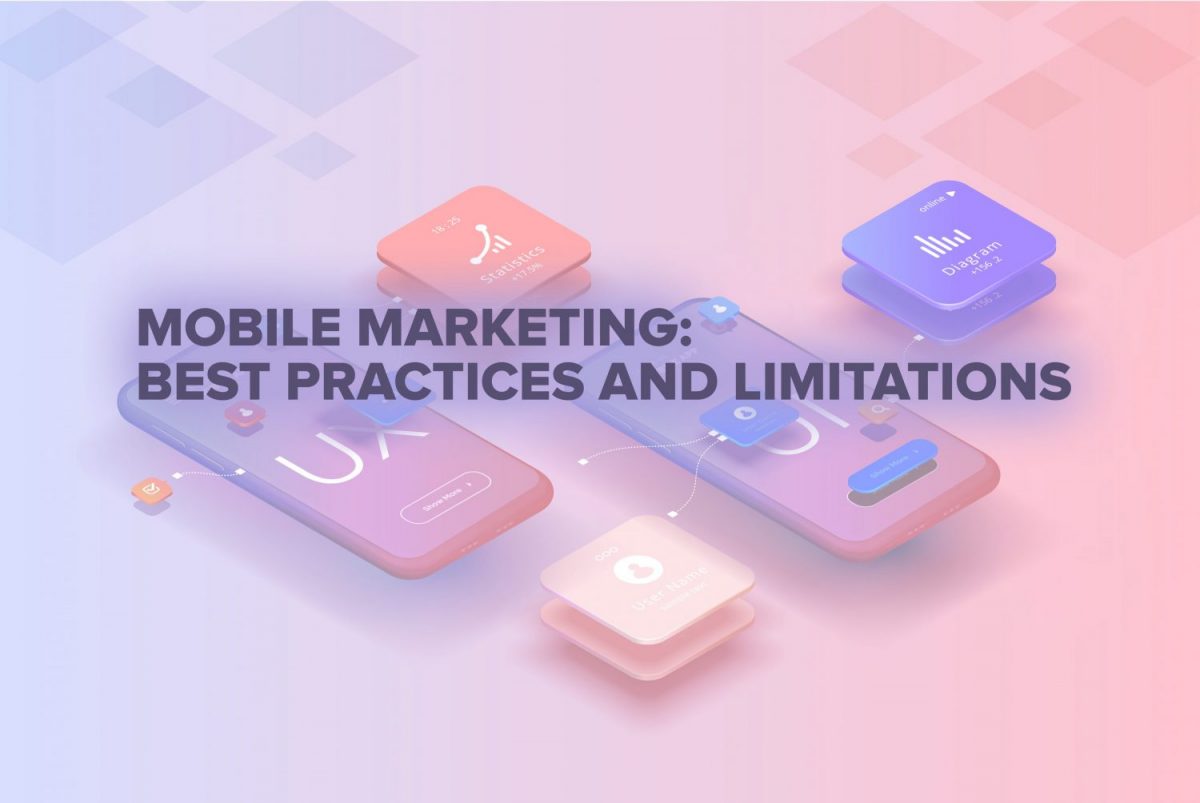Mobile marketing has a higher response rate than any other digital marketing method.
75% of people are fine with marketing messages being sent through SMS or via push notification – and a whopping 90% of these methods of marketing are read within the first few minutes.
Mobile is unique
So much time is spent on mobile. They’re the most common digital devices and nearly everyone can be found with a mobile device. They’re like PC’s in our pockets – so as a business owner, we should capitalise on this route of access to potential and existing customers.
Humans have an emotional connection to mobile phones, therefore, if you market to your customers via methods such as SMS marketing, push notifications and websites which have been mobile-optimised, it’s highly likely that your target audience will either read or better, interact with your marketing strategy.
With mobile, business owners can push the latest offers, introduce new announcements and so much more. If you’re not using mobile marketing to promote your business, you should start for 2022.
Mobile marketing and the customer journey
Mobile’s are used at every single stage during the customer journey. Mobile devices are used at the awareness and discovery stage, the interest, decision and aftercare stage and even the loyalty and re-purchase stage.
This means that, when hosting a marketing campaign for your business, mobile marketing can be used throughout the whole process. Targetting and obtaining the customer, helping them through the process of buying, and turning them into loyal customers and advocates for your brand.
Examples of the awareness stage are things like using mobile marketing in terms of emails or sending push notifications from an app to engage your users/potential customers to alert them about upcoming/new campaigns.
At the interest and decision stage, this might be when a user is scrolling through your mobile-optimised website, deciding what to purchase, or using a mobile-friendly payment gateway such as Apple Pay to purchase something from a brand.
An example of the final stage of the customer journey, loyalty and re-purchase, is when you may send a referral marketing email once the purchase has gone through, to get the users’ friends to download an app for a percentage off – or a personalised marketing email thanking the customer for their order.
This boosts rapport with the customer and provides an opportunity for more sales.
There are so many elements that make mobile marketing relevant to the customer journey.
Why not try and integrate mobile marketing into each stage of your customer journey?

Limitations of Mobile Marketing
Mobile marketing is powerful, highly effective and fruitful. However, there are some limitations that are useful to remind ourselves of.
If you’re a business that relies on push notifications to engage an audience, then you have to consider the reality that some mobile devices may not receive your notifications and marketing material.
Remember that some public buildings such as shopping centres and hospitals do not have a strong internet connection, and offer Wi-Fi services of their own to tackle this. If a user does not connect, then they may not receive marketing materials from apps or businesses trying to notify them of the latest announcements.
Also, some users may manually turn notifications off if they do not want to be contacted via this method. To tackle this, you should ensure you update all digital channels your brand is active on, to ensure the message you want to spread is easily accessible no matter where your audience is.
Viruses and bugs on apps can be detrimental to your companies’ growth. It’s important to ensure your businesses app is updated. If a user visits an app and there are bugs or it’s not working effectively, for example, glitching or errors, your audience may delete the app altogether. This means your method of contact is now cut off with these potential customers.
Avoid this by keeping app updates regular.
Optimisation. This is a huge one. it’s nearly 2022, so that means for a website you should be completely optimised for each screen that visits your website. We understand that there is a vast number of screen sizes on the market, but a good team of developers can, and should, ensure that your website optimises perfectly on all mobile devices – this will not only look incredibly professional to visitors, but it supports accessibility and will increase chances of conversions.
If website optimisation is off for mobile devices and therefore functionality is low, you could be losing custom – a huge limitation to the growth of the company.

The location-aware feature for mobile marketing
Over the past couple of years, there have been many advances in technology. During the pandemic, the trusty QR code saw millions of people utilising its benefits in order to reduce the spread of the virus. And, although QR codes weren’t a new invention by any means (having been around for over a decade!) they helped us all get on with our lives with the help of the more recent technological advancement of the location-aware feature.
The location-aware feature has benefitted businesses massively in a number of ways as it advances into one of the most useful mobile marketing methods.
Think, Deliveroo. You put your postcode in, order whatever cuisine you fancy, and the turquoise man shows up at your door 45 minutes to an hour later with your tea. What does this process rely wholly upon?
The user’s location.
Location-aware apps are popping up everywhere, and have thrived since around 2017. Uber, Just Eat, Deliveroo, Uber Eats, and even, PokemonGo.
If an organisation can obtain data about the users’ surroundings using location-aware features, they can target their audience more specifically.
Businesses can send push notifications depending on where you are, which boosts conversions.
Businesses can use location-aware technology to see if your driver has dropped your order off, and therefore ask if you’re happy with the order – referring back to the customer journey and mobile marketing.
A business can even ask to retrieve data from a users app, so that they can customise and personalise a users experience shopping or browsing, to make their services appeal better to particular customer profiles!
These location-aware features all work to meet the aims and objectives of the company: generating conversions, increase profits.
If you can think of a way to integrate location-aware data into your companies tech to meet the same aims and objectives you could be looking at some incredible growth in 2022.

Apps to meet our aims
“Do we really need an app?”. Well, a bad performing app is way worse than no app. So, if you’re not able to create an app that has minimal bugs, optimises well, safely holds customer data and makes the customer journey smoother and more effective, don’t bother – focus on mobile website optimisation instead!
But, if you can find developers who can create an app that makes logging in easier, obtaining data safe, excellent user experience with stunning design and personalisation, then definitely get an app.
Apps are just another mobile marketing method to increase conversions, sales and brand awareness so it is a fantastic means of marketing and when the time is right, you know what to do!
Mobile marketing design
When considering mobile marketing design, we need to think of 3 main things.
Visual consistency: Consistent type-faces, buttons, fonts, text and labels.
This is so that your content looks similar, aligns with your brand characteristics and so that users can clearly see that it’s your digital platform/website/channel.
Functional consistency: Interactive elements should work similarly in all parts of the app (burger menu’s to navigation menu’s).
If your desktop website has CTA’s and elements such as menus, you should keep the consistency in your app or mobile optimised website so that users can navigate your content no matter which device they’re on.
And External Consistency: The design of the mobile marketing material should be similar to that of external marketing materials from other brands, not so that it looks the same, but so that a user can apply prior knowledge when approaching your brands’ marketing to navigate quicker and more efficiently.
Combining these things, we come to one solid conclusion – and that is to ensure our website has similar characteristics.
We want to ensure that our mobile optimised marketing material or website has frictionless transitions as inconsistency may cause confusion, and lead to limitations in meeting the aims and objectives of the company.

Mobile design best practices
We need to have…
Logical layout (such as buttons being clear and fit for the fat finger).
Content layout (chunks of text broken up so that it’s not overwhelming with good readability).
Colour scheme (We need to have colours that do not harshly contrast but subtly complement each other).
You need to invest time and care into well-structured forms. They should be easy to navigate, accessible for all different demographics and abilities, and auto-fill should be considered for convenience.
Consider brand icons. You have your logo and your colour scheme – but do you have an icon? Icons are remembered worldwide and make it easy for your customers to recognise your brand. Use your icon as the face of your app, or greet users with your icon at the top of marketing emails – reinforce brand recognition.
Finally, fonts. Choose two fonts that represent your brands’ characteristics and core values, and use these consistently among your website, mobile marketing materials and any other content produced.
All of these things are best practices for design in mobile marketing – whether you’re creating an app, a marketing email or updating your mobile-optimised website.
The importance of mobile optimisation
There are many factors within mobile optimisation which a business needs to consider when thinking about mobile marketing. This is because, if we do not optimise our content correctly, users can be put off, associate us as being unprofessional, and disregard our brand completely – this affects us meeting the aims and objectives of the company which are to generate conversions and profits.
When thinking about mobile marketing, it’s wise to consider responsive design. Responsive design comes hand in hand with UX (User Experience) this is because, responsive design is when developers design elements such as buttons or interactive sections of a web page or marketing material, and it works effectively.
We need to consider responsive design because we want to ensure that when a user visits our site, they have a smooth journey, and all buttons, CTA’s and interactive elements perform the action they say they do.
We also need to consider the metadata within the creation of mobile marketing materials such as apps and marketing emails. Metadata is the hidden information within the content, such as alternative text under links and images.
Metadata is important to consider because it aligns with accessibility and helps the impaired and other users to navigate and understand the content thoroughly.
Top Tip: it also helps with SEO! The more keywords and key phrases within your content, the higher you’ll be found on search engines, and metadata is a great area to include these key phrases.

Conclusion
Although this may seem a lengthy help article, it contains all of the major elements which make up the foundations to start creating the upmost effective mobile marketing – whether that’s a mobile optimised website, an app or an email marketing campaign
Mobile devices are everywhere, so if you want to find new customers and benefit from them in terms of generating more profits and expanding your brand, tackle your issues with mobile, first.
Improve your mobile site, update your app, fix bugs and cater to your target audience by adjusting your mobile content! Keep taking these steps over and over to maintain, monitor and progress digitally within your company.
For more like this, click here.
